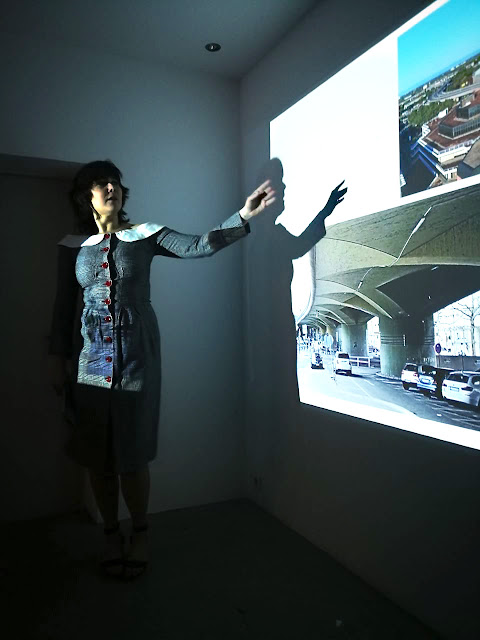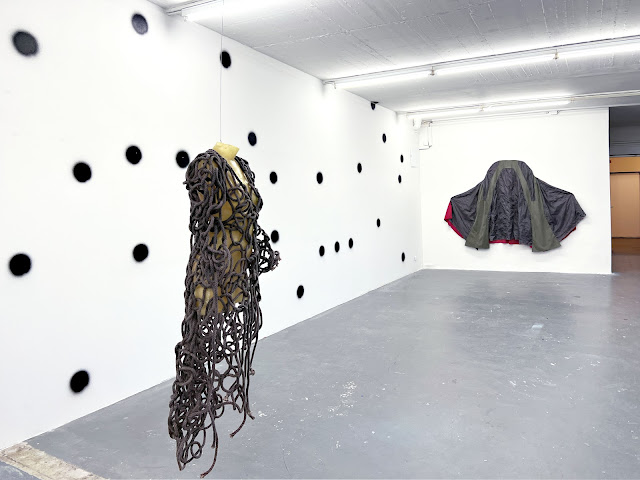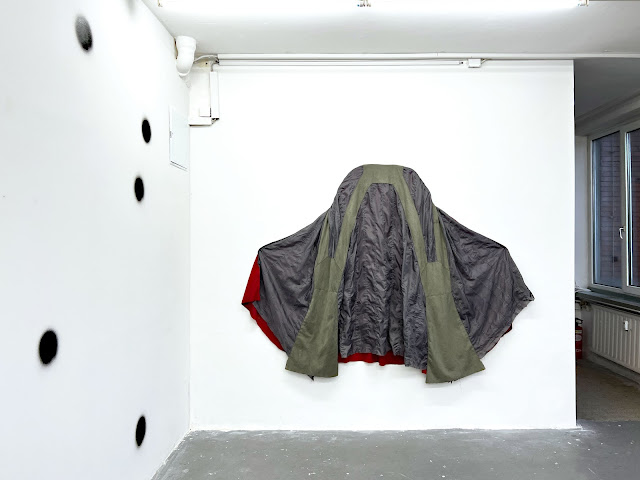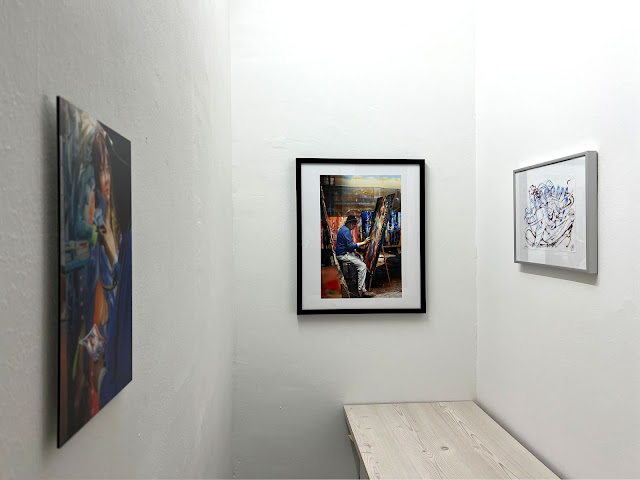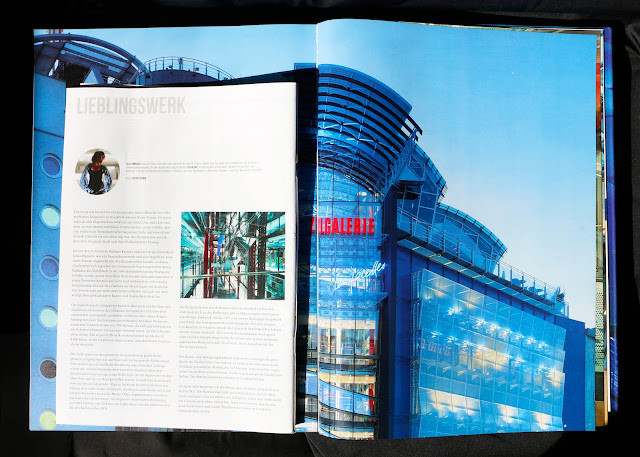Livia urbana - Ein Video von Julia Zinnbauer
Das Video „Livia urbana“ entstand direkt in der Nähe des Ausstellungsraums „Freibad“ auf dem Worringer Platz und wurde eigens für die Ausstellung angefertigt. Protagonisten sind dabei die Tauben, die in der nächsten Umgebung des Freibads leben und sich regelmäßig auf dem Platz treffen.
Die Kamera befindet sich auf Augenhöhe der Tauben, sodass wir direkt in ihre Gesichter schauen, die so unterschiedlich sind wie ihre Charaktere. Man sieht ihnen ihre Neugier an, kann in ihren Gesichtern aber auch das harte Leben in ihrem rauen Umfeld ablesen. Ursprünglich als Haustiere gezüchtet, führen Tauben in den Städten ohne die Unterstützung von Menschen kein gutes Leben. Die portraitierten Tauben stehen exemplarisch für ihre Artgenossen, die oft nur als grauer, flatternder Schwarm wahrgenommen werden. Mit meinem Video plädiere ich für einen positiven Blick auf diese Tiere, die in ihrer Schönheit und Sanftmut über Jahrtausende hinweg für den Frieden standen.
Der
Titel des Videos bezieht sich auf die lateinische Bezeichnung der
Stadttaube, „Columba livia urbana“. Das Adjektiv „livia“
leitet sich von „lividus“ ab und bedeutet „bläulich“ bzw.
„bleifarben“. Tatsächlich beschreibt dieses Wort das metallisch
schimmernde Gefieder der Tauben viel treffender und zugleich
poetischer als ein einfaches „grau“. Bleifarbenes Gefieder und
Beton. Die Materialien Blei, Zinn und Beton hat auch der
österreichische Bildhauer Walter Pichler in seinen Skulpturen
zusammengeführt. In diesem wertschätzenden Sinn ist auch das
Video gemeint.
Livia urbana
Kamera und Schnitt: Julia Zinnbauer
Ca. 8 min.;
Düsseldorf 2025
In der Ausstellung INDEX (0.1), die zurzeit im Ausstellungsraum FREIBAD am Worringer Platz 8 in Düsseldorf zu sehen ist, werden Arbeiten gezeigt, die allesamt einen Bezug zum legendären Worringer Platz haben. Weitere Informationen gibt es hier: Programm.
Dauer der Ausstellung: 11.07. - 26.07.2025
Ort: FREIBAD | Worringer Platz 8 | 40210 Düsseldorf











